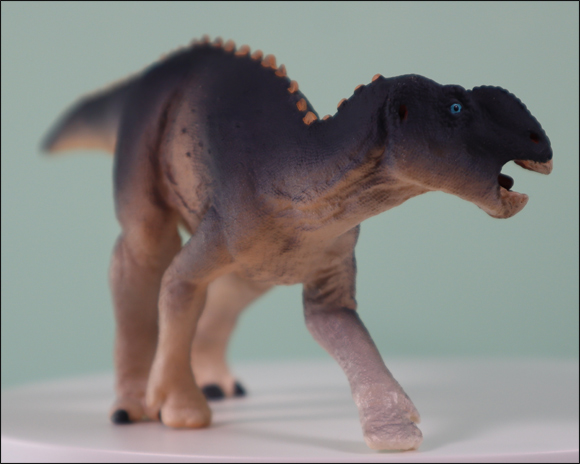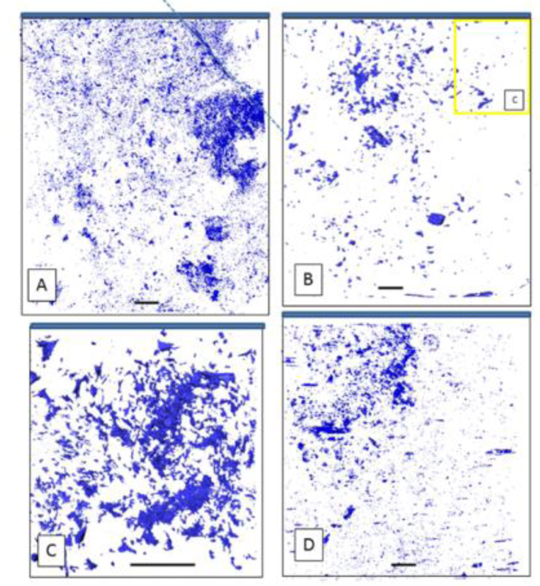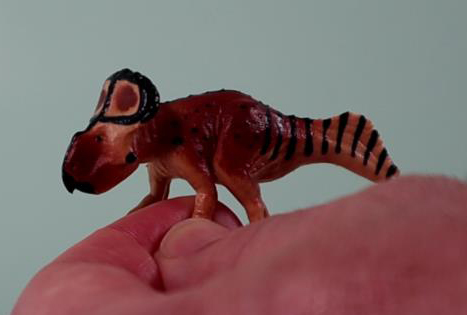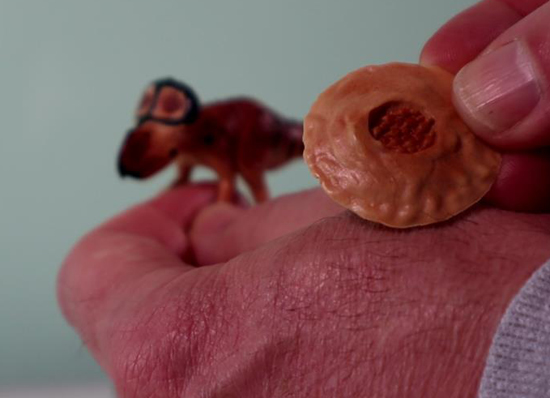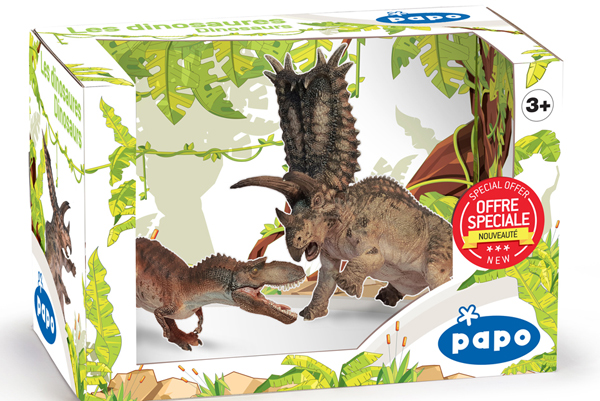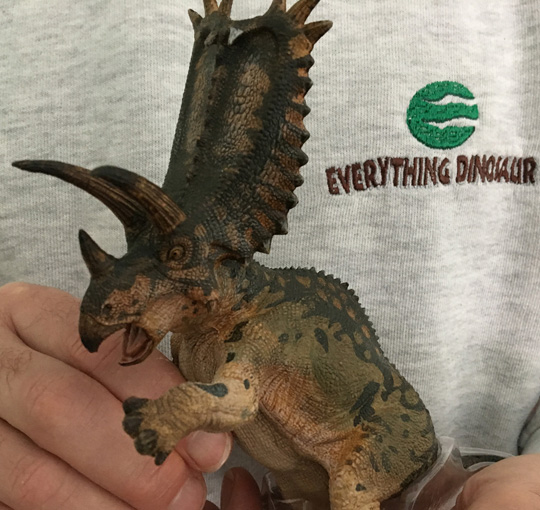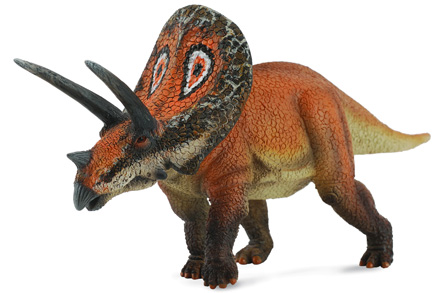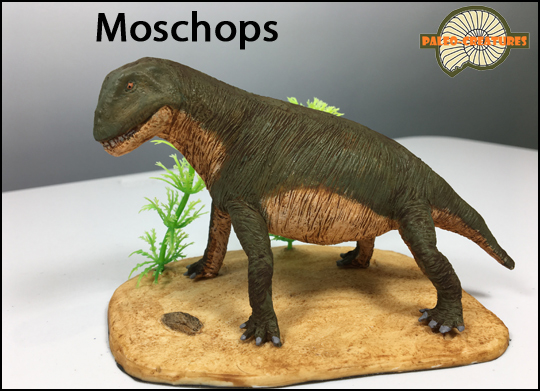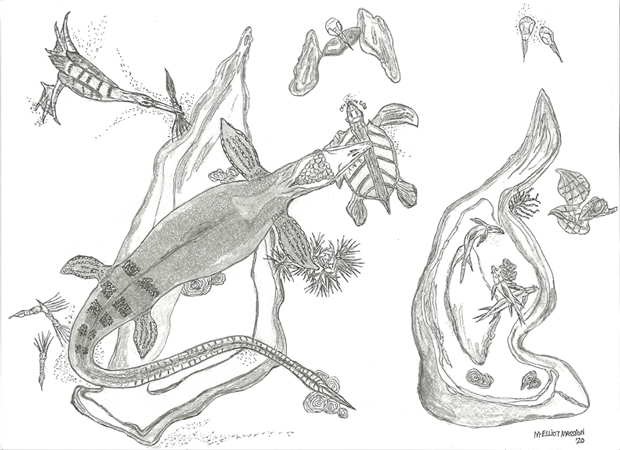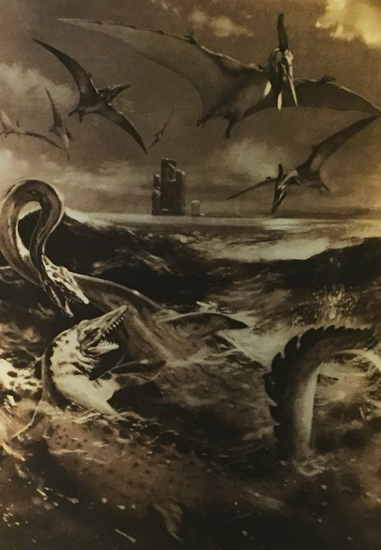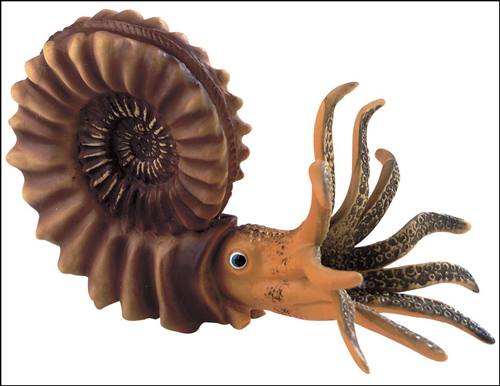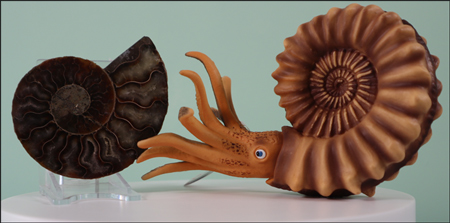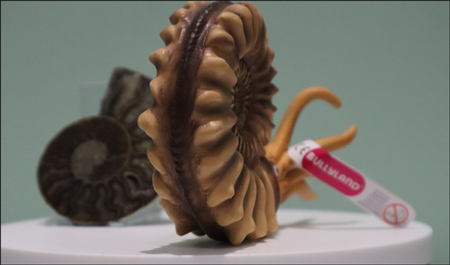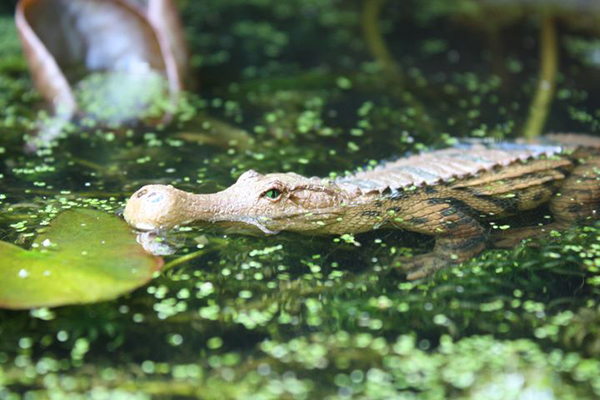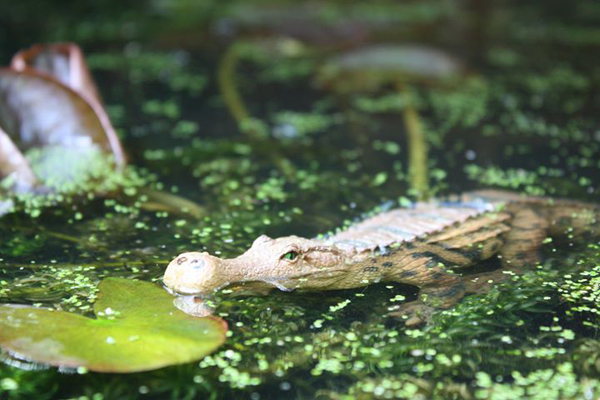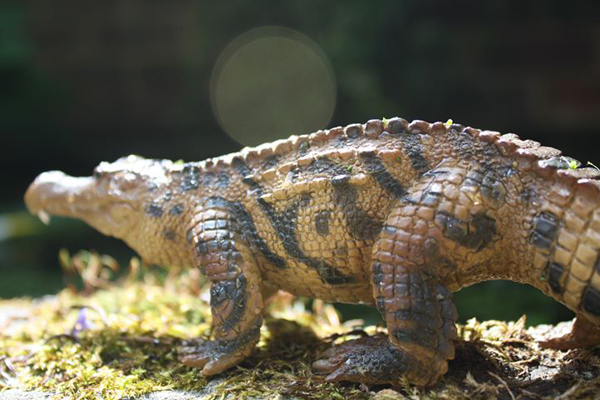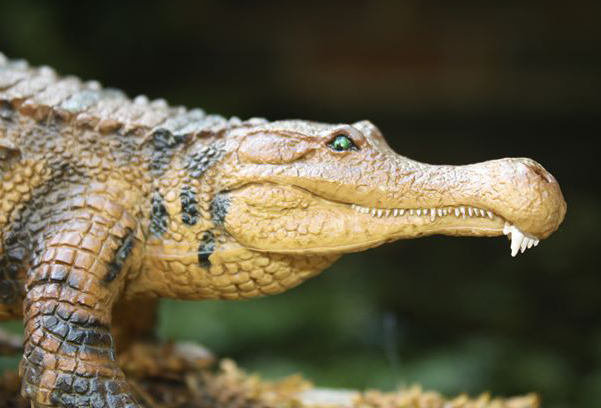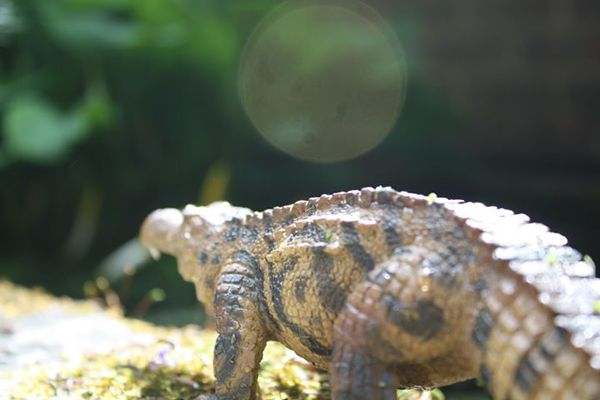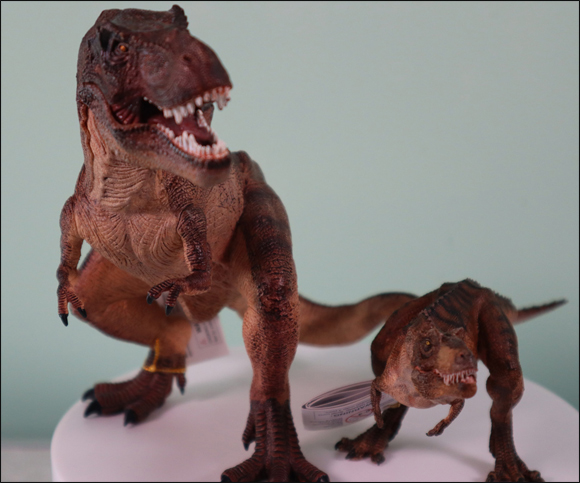Turntable Tuesday – A Beautiful Gryposaurus Dinosaur Model
Wild Safari Prehistoric World Gryposaurus “Turntable Tuesday”
It’s “Turntable Tuesday” and today, it is the turn of the award-winning Wild Safari Prehistoric World Gryposaurus to be put through its paces on the Everything Dinosaur turntable. This fantastic model of a hadrosaur was introduced in 2013 and it was awarded the accolade of best dinosaur toy of the year by readers of the prestigious “Prehistoric Times” magazine.
The Wild Safari Prehistoric World Gryposaurus Dinosaur Model – “Turntable Tuesday”
Video credit: Everything Dinosaur
The Wild Safari Prehistoric World Gryposaurus Dinosaur Model
Our short video (it lasts under two minutes), shows the beautiful, blue-eyed Gryposaurus figure. We also use this opportunity to compare it to the recently introduced Edmontosaurus model, also from Safari Ltd.
Within the large Hadrosauridae family, both Edmontosaurus and Gryposaurus are members of the Saurolophinae sub-family, sometimes referred to as the Hadrosaurinae, although these duck-billed dinosaurs were not that closely related. Both genera are associated with the North American landmass Laramidia, in general terms, Edmontosaurus specimens tend to be associated with younger strata. For example, Edmontosaurus annectens is confined to the late Maastrichtian, whilst the species within the Gryposaurus genus are associated with older Campanian-aged deposits.
The Wild Safari Prehistoric World Gryposaurus Compared to the Edmontosaurus Figure
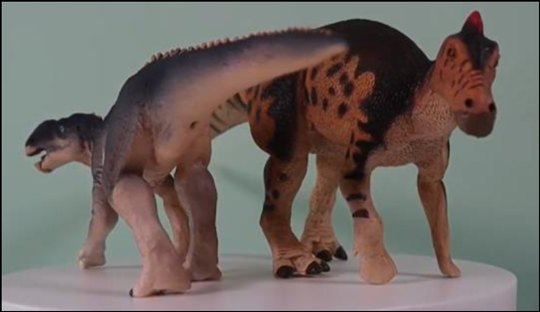
Picture credit: Everything Dinosaur
The Everything Dinosaur website: Everything Dinosaur.
For an article about the Gryposaurus winning the best new dinosaur toy of 2013: Gryposaurus Model Wins Top Award.
“Hook-nosed Lizard”
Named as a result of its prominent nasal arch, that gives Gryposaurus its distinctive bulbous-looking snout, this dinosaur compares very well to the 2020 Edmontosaurus. Although no scaling for these figures is given, the two models are roughly comparable in scale, Gryposaurus being regarded as smaller than both E. regalis and E. annectens. When these two figures are together on our turntable we refer to them as “a dazzling duo of duck-bills”.
A Close View of “Hook-nosed Lizard” – Gryposaurus
Picture credit: Everything Dinosaur
Everything Dinosaur on YouTube
The short video highlighting the Gryposaurus figure can be found on Everything Dinosaur’s YouTube channel. We plan to post up one new video a week, plus more in-depth reviews of prehistoric animal models and replicas.
To view these videos check out our YouTube channel: Everything Dinosaur on YouTube.
Sales of the Wild Safari Prehistoric World Gryposaurus model at Everything Dinosaur are accompanied with a fact sheet, researched and written by team members that provides further information on this herbivorous dinosaur.
To purchase the Gryposaurus figure (as well as the new for 2020 Wild Safari Prehistoric World Edmontosaurus), click this link: Wild Safari Prehistoric World Models and Figures.


